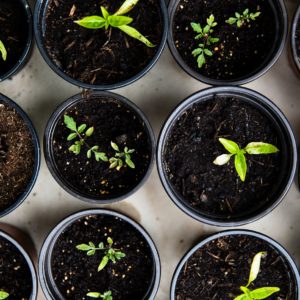 Nowadays when most people think of Detroit they think of urban decay, bankruptcy, and ruin. And up until recent times those initial thoughts would have been valid.
Nowadays when most people think of Detroit they think of urban decay, bankruptcy, and ruin. And up until recent times those initial thoughts would have been valid.
Detroit was once the wealthiest city in the USA, thriving on the automobile industry. The decline of Detroit can’t be blamed on one single thing because it was many complicated economic and racial problems culminating into Detroit eventually declaring bankruptcy in 2013, but the moment when the auto companies started moving their factories overseas for cheaper labor is what can be said to have triggered it. Those who could afford it left the city center for the suburbs in what was later known as “white flight”, while those who could not had no choice but to stay, reducing the city’s population by about 60%.
Today we see Detroit slowly coming back to life, with numerous startup companies taking advantage of the low cost of real estate (many small buildings and houses in the city can be bought for just a few hundred dollars) and cheaper cost of living.
 If you drive down the street of an average neighborhood in downtown Detroit, you will see an almost post-apocalyptic mix of well-kept homes with families and abandoned lots with boarded up windows and empty lots. Urban farmers have jumped on this opportunity; because of the steep decline in population, the city has innumerable parcels of empty land that more resemble small forests or plains than you would expect in the middle of downtown. According to Keep Growing Detroit, there are now at least 1,400 urban farms and gardens all over the city both big and small, and many markets have appeared where those urban farmers can sell their produce, one of the biggest being the Eastern Market.
If you drive down the street of an average neighborhood in downtown Detroit, you will see an almost post-apocalyptic mix of well-kept homes with families and abandoned lots with boarded up windows and empty lots. Urban farmers have jumped on this opportunity; because of the steep decline in population, the city has innumerable parcels of empty land that more resemble small forests or plains than you would expect in the middle of downtown. According to Keep Growing Detroit, there are now at least 1,400 urban farms and gardens all over the city both big and small, and many markets have appeared where those urban farmers can sell their produce, one of the biggest being the Eastern Market.
One group, Hanz Farms, is actually in the process of trying to buy up hundreds of acres of these empty lots and turning them into gardens, farms, and orchards, with the goals of beautifying the city in a way that also provides a learning outlet, food, and jobs for the people of Detroit and be an example of a green economy to the rest of the world.
Detroit has had a rough history and while many people still don’t think of it as a place worth spending time or effort, the urban famers of Detroit are proving that when we take a piece of land that would otherwise be ignored and turn it into a beautiful, useful garden or farm, that can spur change on an amazing level.

One plus for the reduced land and housing prices in Detroit is the fact that Assisted Living facilities and Nursing home have been popping up all over the city as land to build the facilities on is cheap. Michigan has a huge senior population and unless the senior has long term care insurance to pay for the facility, high land prices can make quality facilities out of reach for most seniors. The fact that the supply of facilities has been on the rise in the past few years has led to more seniors being able to retire in Detroit where many of them grew up. A good site to view how LTCI works is this company called LTCTree. They helped my Mom save thousands when she bought her plan. Here’s their site on health: https://www.ltctree.com/blog/6-small-diet-changes-to-make-now/
[by J.E. Ghersi]




Leave a Reply